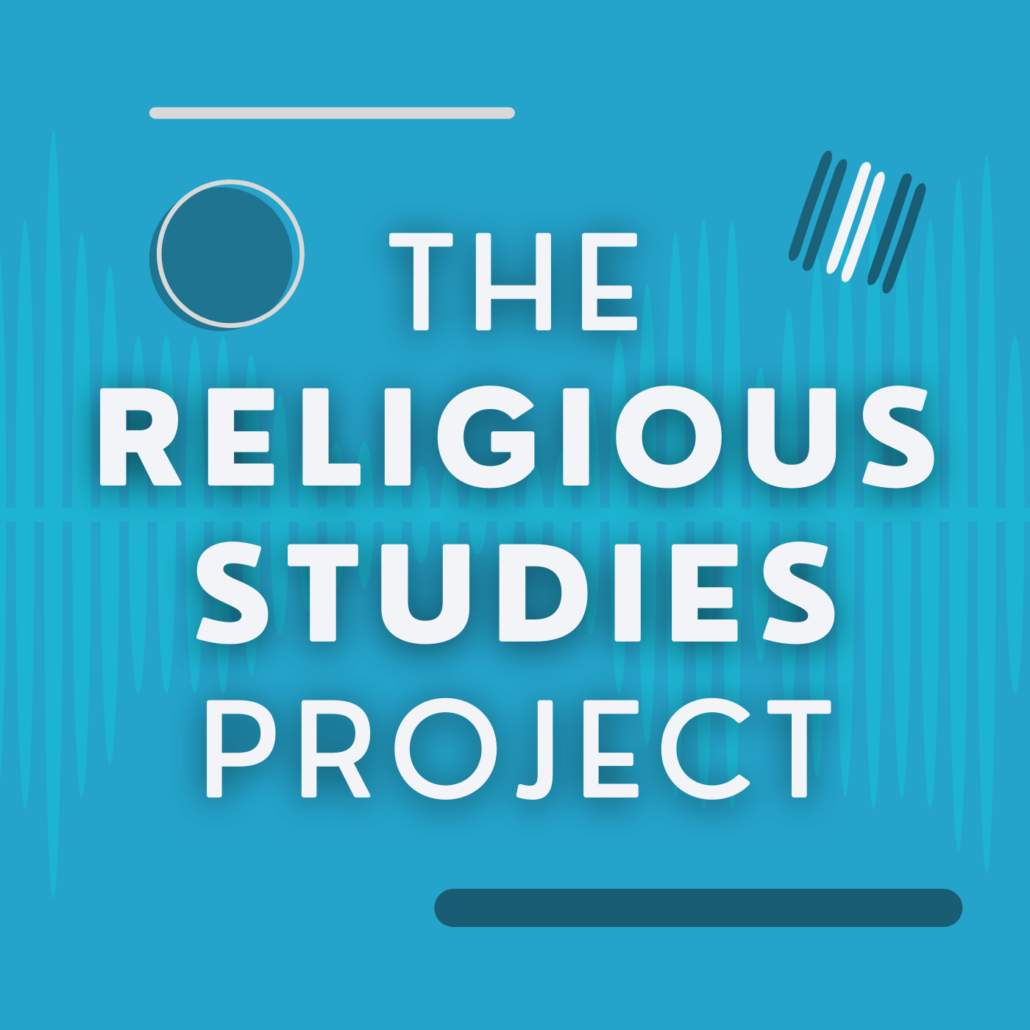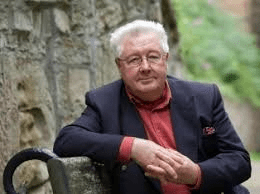A response to “Good Grief? Rituals of World Repairing”
by Douglas Davies
It’s some time since I talked with my namesake Douglas Ezzy so it’s good to have this chance to pick up some of his points even though Tasmania may not be the perfect location to boomerang something back to him from Durham UK. Good, too, since my more frequent friendly chats with Allan Kellehear find some echo in that conversation. My rhetorical question today is whether you are an afterlifer or a this-lifer, or what? These are neat terms for complex issues, but neat terms are a sociological refuge amidst otherwise flummoxing complexity and when word-limits are limiting.
The question of talking or not talking about death today seems to me best approached by what I like to call the link between our ‘life-style and deathstyle’, a phrase that subtitles my recent death book Mors Britannica (British Death). My point is that some people’s lifestyle, as with Ezzy’s ‘heroic success’ type of individual, is so life-focused and so entwined with life-stuff, including constant social media, that death must be ignored. It’s rather like having an ingrowing toenail or a sexually transmitted disease or something like that, no-one talks about it if they haven’t got it. And now that those of us living in safe-societies have death left in odd corners or far away it is almost sensible to ignore death. Our lifestyle freezes out any approach to a death-style.
But not for everyone. Some people actually link these two ‘styles’ quite a bit. And here I pick up on Ezzy’s ecological and important point because, in the UK for example, there has been an enormous growth in what is variously called ecological, green, natural, or woodland burials all since the mid 1990s. We now have just about as many woodland burial sites as crematoria in the UK – though numerically cremation itself still takes the great 70 plus percent of deaths. With Hannah Rumble I have studied this ecological practice and seen how growing numbers of people, often older people, think about giving something back to nature (Natural Burial: Traditional-Secular Spiritualities and Funeral Innovation). Woodland burial, in a biodegradable container and without any embalming or solid headstone for posterity, is its own kind of sacred symbol – something set-apart if not actually forbidden in Durkheim’s sense. And symbols, as things that share in what they represent, are important for lifestyle and for our death-style.
Let me explain. The world is full of ideas – death, coffins, grief, espresso coffee – but they stay ‘just’ as ideas until we get some emotional moment in our life, some experience of them. Then, as an emotion such as grief pervades an idea it becomes a value. And some values actually help form our sense of identity, then they serve as beliefs, and for some people those beliefs even fire a sense of destiny to generate religious beliefs. Death for a martyr, for example, is a destiny factor and fully positive. That’s how symbols work, just as anthropologist Victor Turner described them, symbols carry emotional tones linked to us as experiencing bodies just as they also carry some more explicit meanings about life. Our lifestyles predominate until some personal grief brings emotion to bear and suddenly death and grief are no longer just ideas but values or identity and even destiny giving things. And so life-style and death-style see-saw together.
This is another way of seeing what Ezzy was saying, and I agree with him, regarding performance and belief. We learned this, as did both Durkheim and Freud, from the great Scott, William Robertson Smith (Religion of the Semites, 1889) seeing action preceding reflection, belief-experience preceding theology. And much action is group-linked.
Here I find Ezzy’s point on individualism something of a challenge because I think the electric media-web of exchange, including on-line memorials and platforms for shared grief, paradoxical. If you forgive a tremendous generalization, what we meet here, I think, is an infantile narcissism of wanting to be ‘liked’ and followed’ that is far from being ‘individual’ or individualist. It is longing for fandom in a world that is more one of celebrity success than heroic success. That was what made Princess Diana’s death and funeral notable. It was a real-time expression of the early days of the virtual media world.
And what about that rabbit? Let me shift the story, taking it to Harry Potter and to another book Tom Brown’s Schooldays (a book as old as Durkheim and still in print). Each contradicts individualism to speak of friendship, each has a heroic headmaster, each is struck with death, and each is pervaded by negativities of selfishness conquered by loving goodness. If you will forgive me I will now make a big jump and ask you to read and compare these to ask yourself if there really is any truth in ‘postmodernism’ – I doubt it. I jump because death is the grand narrative of existence, woodland burial is one of its symbols, so are cremated remains when turned into jewellery as keepsakes. By contrast, Cryogenics – the freezing of bodies until some future cure of a terminal illness comes along, that is – if you like – a kind of individualist-postmodern symbol grounded in the hope of scientific futures: it is a real ‘liquid’ – identity, hydrogen at that.
But, let’s sing of the frozen body, as of the body-electric, for when Ezzy speaks of Hillsong churches without death-songs it not only reflects what I said above about life-style and deathstyle, but reminded me of the 1970s and 80s when the Charismatic Movement hosted millions of young people, they lacked death-songs too at that time. But even Charismatics die.
You must forgive me for these – perhaps – unpopular swipes at ‘the individual’ and at postmodernity, itself one of the intellectual confidence tricks of a closed circle of academics, and let me pinpoint something about grief that I have recently highlighted in the third edition (2017)of my Death, Ritual and Belief book. There, in a chapter on loss and bereavement I ask us not to think of grief from the starting point of THE individual and taking grief theories in a direction of attachment and loss or even of continuing bonds with the dead, but from the starting point of what a few anthropologists have spoken about for some time as the DIVIDUAL, or dividual personhood. This strange word captures the idea of composite personhood, of my being made up of many experiences of many other people. I cannot detach from my compound-personhood; I do, inevitably, have ongoing bondings with my knowledge and experience of others, though they be dead. At the end of the theoretical day lifestyle and death-style are embedded in personhood, and in the emotions that have flooded ‘ideas’ of death, turning them into values, into identity, and even into destiny.
One great theoretical issue of the study of religion today is that many people stop at the identity-point, secularization dissolves the destiny factor. And this is why ‘life-centred’ funerals increasingly replace funerals aimed at a future existence. And this is why many modern people will not understand either traditional Christian or Muslim afterlifers.



